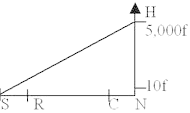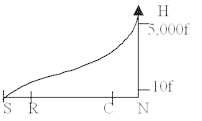题目内容
【题目】 many times, but he still couldn’t remember the Chinese meaning of this word.
A. Having been told B. Although he had been told
C. He had been told D. He has been teaching
【答案】C
【解析】
试题分析:考查句型。此题容易误判为非谓语动词担当状语,但是在逗号之后有个连词,故but前应该是一句话,所以选择C。句意为:他已经被告知很多次,但是仍然记不住这个单词的中文含义。

练习册系列答案
相关题目






